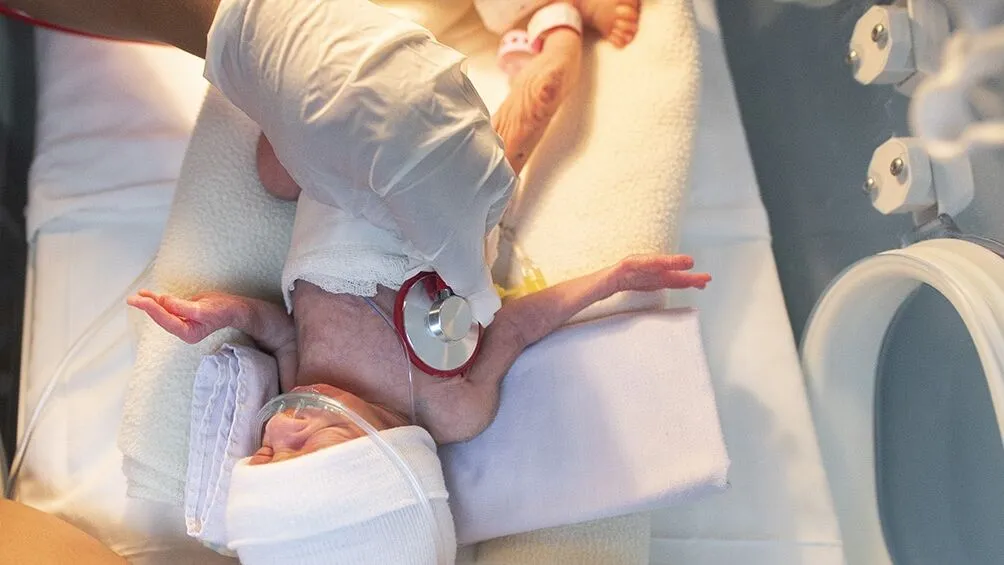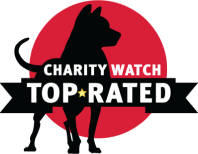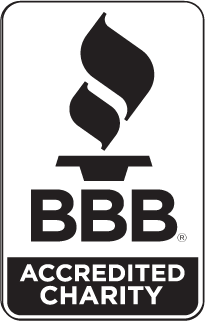Born Too Soon: 5 Things to Know About Prematurity
November 17 marks World Prematurity Day — a day to take extra action to generate awareness and inspire efforts to prevent premature births and save vulnerable newborn lives.

The under-5 mortality rate has dropped by more than half over the past three decades. Despite global progress, however, millions of children still die before their fifth birthday — most as a result of entirely preventable, treatable causes.
Worldwide, prematurity is one of the leading causes of death among children under 5.
Every year, more than 1 in 10 babies — an estimated 15 million — are born too soon, and approximately 1 million will die from related complications. Those who survive aren’t left unscathed; they’re likely to face a lifetime of various health hurdles and disabilities.
Here are five things to know about prematurity — and what we can do to give children around the world a better chance at a long and healthy life.
1. Preterm births occur for many different reasons.
There are many root causes that lead to preterm births, including infections, multiple pregnancies, and chronic conditions such as diabetes and high blood pressure. Some are the result of early induction of labor or cesarean birth; others simply the result of genetics.
Still, the cause often goes unidentified. As recognized by the World Health Organization, if we can better understand the various causes behind preterm births, we’ll be more prepared to develop solutions to prevent them.

2. The numbers are rising.
Despite global progress to reduce under-5 mortality, preterm birth rates are heading in the wrong direction: they’re increasing.
Why? WHO explains the rise by citing better measurement tactics, increases in maternal age and growing health challenges like diabetes and high blood pressure. Other possible reasons include increased rates of multiple pregnancies — a result of the use of infertility treatments — and changes in obstetric practices, such as more cesarean births before a complete 37-week term.
3. Chance of survival depends on where you’re born.
Preterm birth is a global health challenge. But more than 60% of these births occur in countries in Africa and South Asia, including Zimbabwe, Mozambique, and Indonesia.
Preterm births are more common in lower-income countries, and poorer families are at higher risk. The chance of survival for these vulnerable babies is much more favorable in high-income settings, where quality care is available, accessible, and affordable. In high-income countries, almost all extremely preterm babies (less than 28 weeks) will survive. In low-income countries, more than 90% of extremely preterm babies will die within their first few days of life, unable to access or afford the care they need to survive.

4. The solutions are known, and cost-effective.
Three out of four preterm-related deaths could have been prevented with simple, low-cost interventions.
This reality is tragic, but it also means we have an opportunity to reverse the trend. That’s why we dedicate so much of our work to reaching health care workers, mothers and babies. In countries around the world, HOPE provides the training, resources and treatment that saves lives — before and during delivery, and in the critical days and weeks afterwards.
Our interventions include routine, essential care for every mother throughout pregnancy (encouraging a minimum of eight visits with health professionals), Kangaroo Mother Care after delivery (a low-cost warming method in which the baby is wrapped skin-to-skin with its mother), and the medicines and antibiotics needed to treat newborn infections.

5. Project HOPE is responding.
Project HOPE has worked to improve access to vital health care services for mothers and babies since 1985. Our current maternal, newborn and child health programs prioritize the achievement of WHO’s Every Newborn Action Plan.
Preventing prematurity starts with encouraging healthy pregnancy. We provide mothers with the support they need to recognize and respond to health issues on their journey to delivery. We also promote routine, essential care by supporting health care workers and facilities with skills and tools throughout the birth process.
Every moment counts during delivery. We use community mother care groups to encourage birth preparedness for hygienic and safe delivery, as well as to help women understand danger signs so they can seek timely care during pregnancy or after delivery. We also promote interventions including the continuous monitoring and management of labor, newborn resuscitation, and postnatal practices like early and prolonged skin-to-skin contact and exclusive breastfeeding.

Last year, our maternal health programs reached over 170,000 women, newborns, and young children, including 139,000 pregnant and breastfeeding women. We also trained nearly 5,000 health care workers to deliver essential maternal and neonatal interventions.
We’ve made measurable strides, but our work is far from done.
In Sierra Leone, Project HOPE is training health care workers in essential newborn care practices like improved resuscitation, Kangaroo Mother Care, and Special Baby Care to premature and low-weight infants. We’re also empowering mothers with the knowledge they need to take care of themselves during and after pregnancy, through the facilitation of mother care support groups in various communities.
In the Dominican Republic, we’ve helped train over 1,300 hospital staff and assigned over a dozen new nurses to NICU units throughout the country. We’re also helping equip hospitals with radiant warmers, vital sign monitors and incubators, and are supporting the Ministry of Health in establishing a post-graduate education program to train nurses in obstetrics and neonatal care.
In Indonesia, we’re training midwives and health workers in managing complications at childbirth. Since 2016, this training has made the difference between life and death for more than 85,000 mothers and 11,000 newborns.
In North Macedonia, we’re delivering essential medicines and medical supplies where they’re needed most — donations that have proven critical in reducing infant mortality and improving maternal and child health.
Learn more about our work to improve maternal, neonatal and child health.







